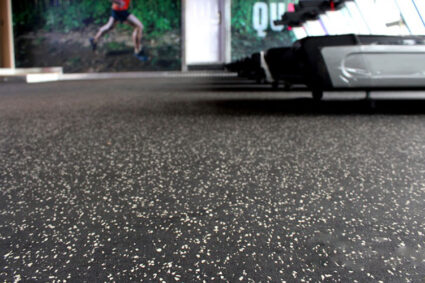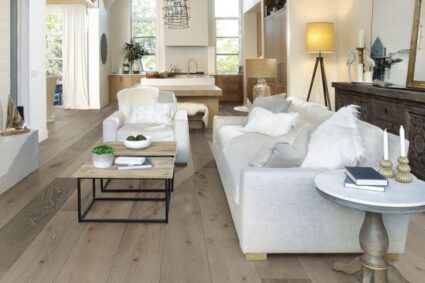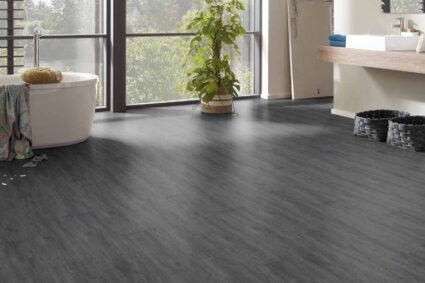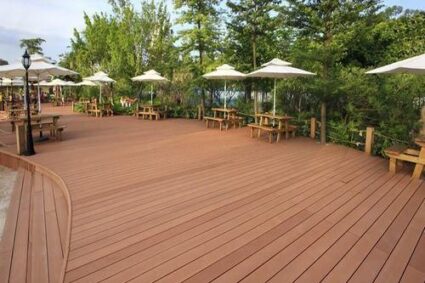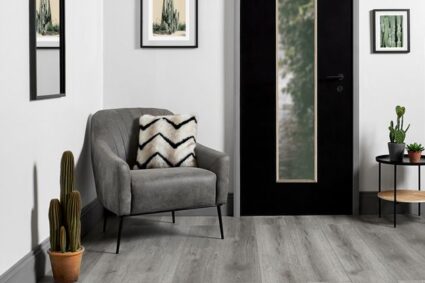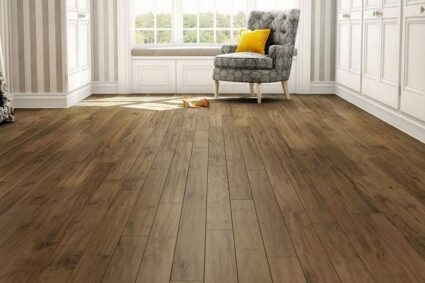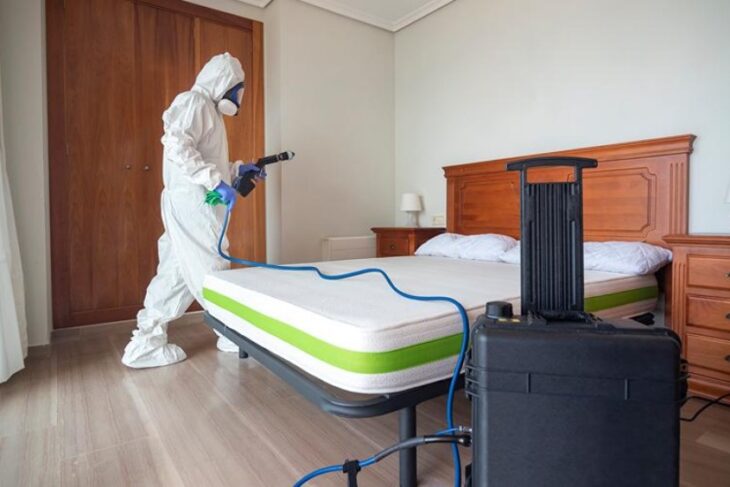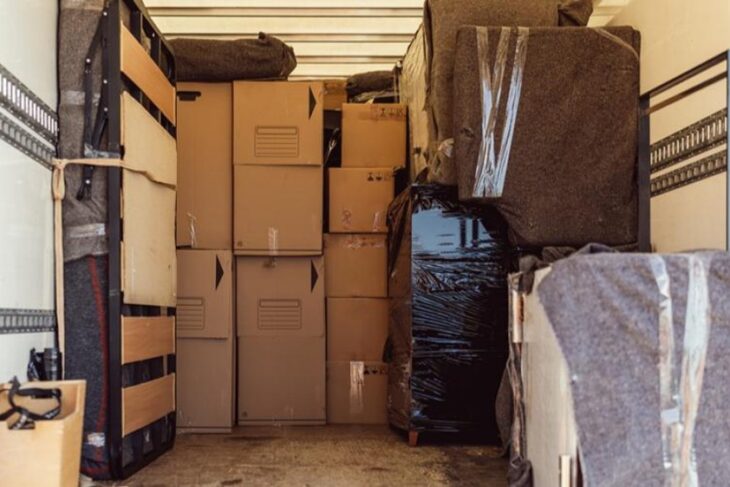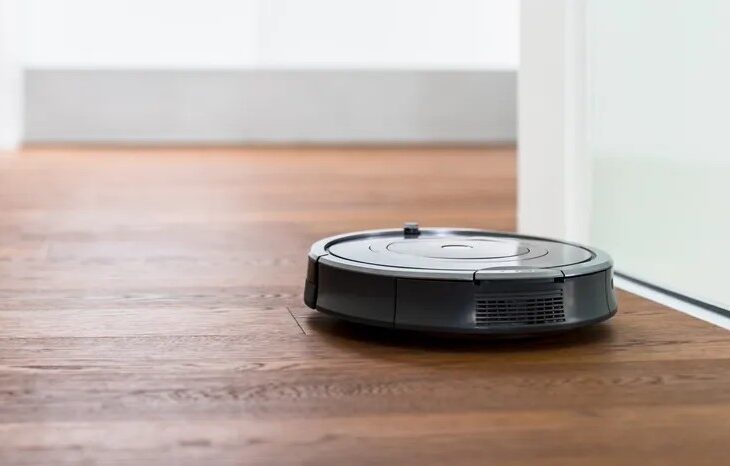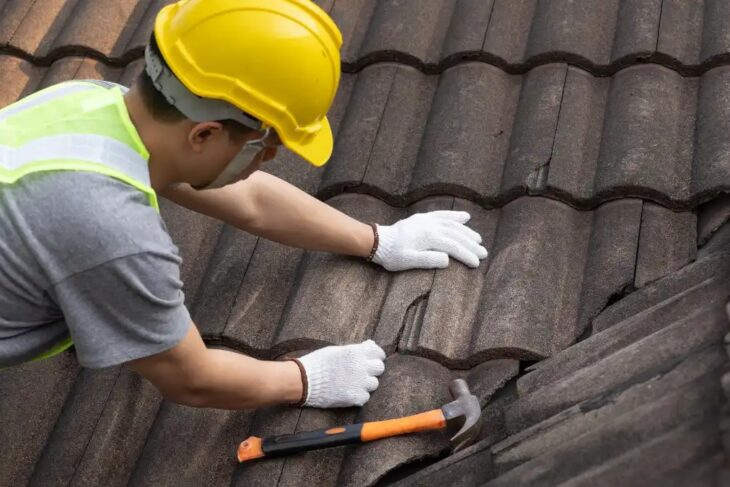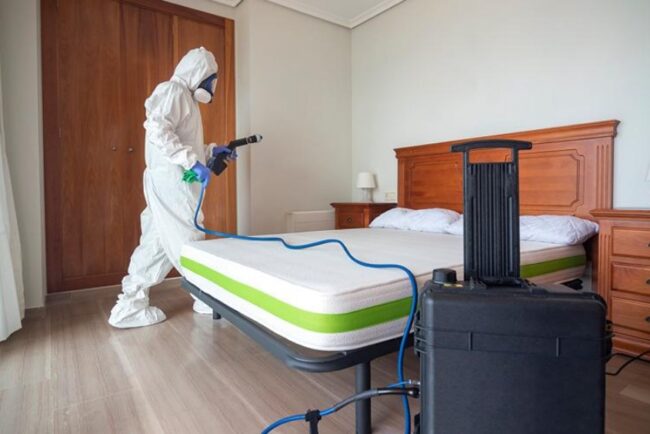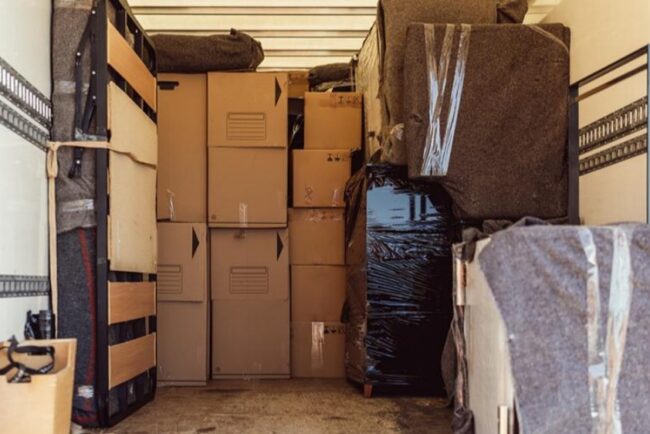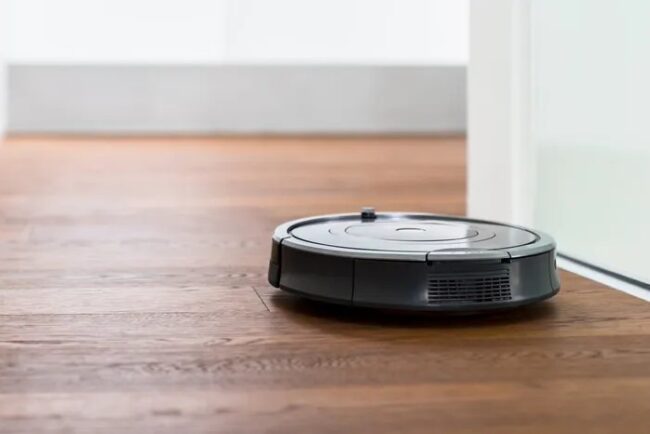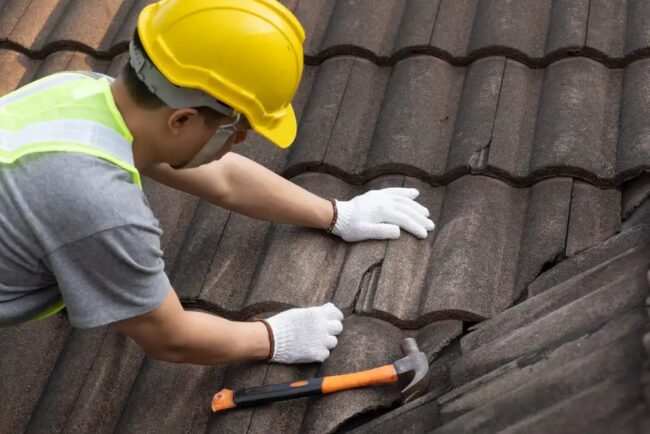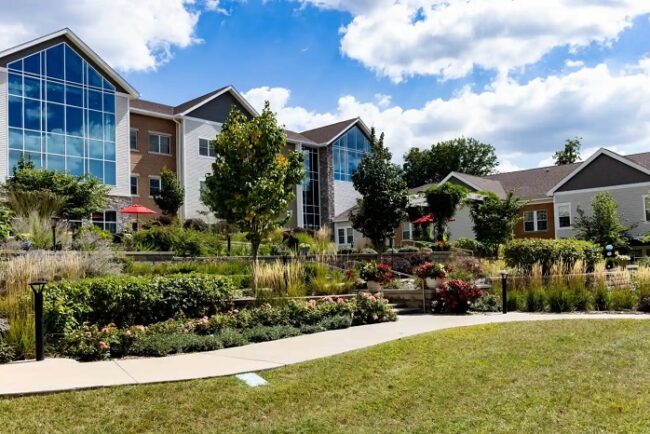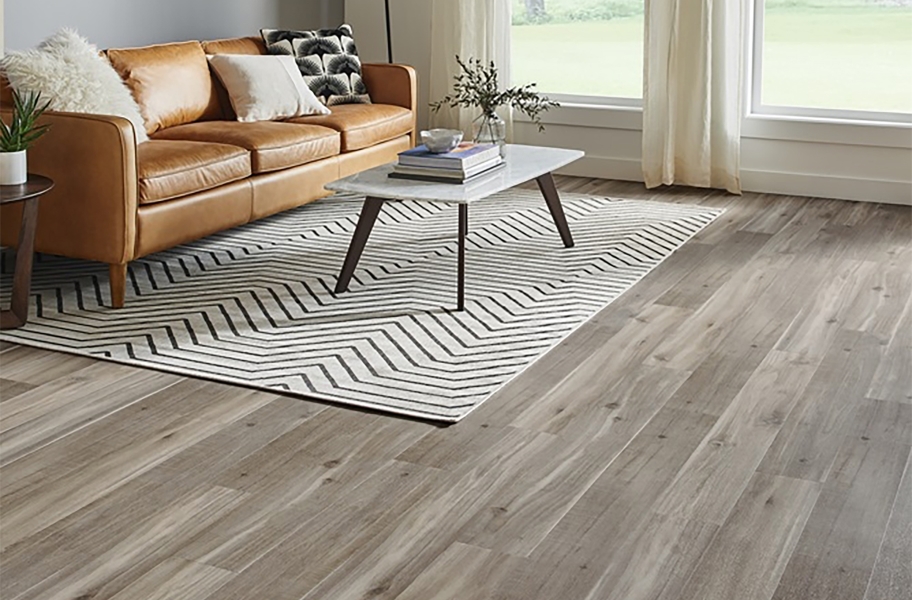
Vinyl flooring is quickly becoming a go-to option for homeowners seeking durability, style, and affordability. With advancements in design and technology, today’s vinyl floors mimic the look of natural materials like wood and stone, while offering exceptional durability and ease of maintenance. If you’re considering vinyl flooring Dubai for your home, it’s important to choose the right type that suits your needs, style preferences, and budget. This complete buyer’s guide will walk you through everything you need to know to make an informed decision when selecting the perfect vinyl flooring for your home.
Understand the Different Types of Vinyl Flooring
Before diving into the details of choosing vinyl flooring, it’s important to understand the different types available. Vinyl flooring generally comes in three primary forms:
- Vinyl Sheets: This is the most traditional form of vinyl flooring. It comes in large, continuous sheets that are rolled out over your subfloor. This type offers seamless coverage, making it ideal for areas with moisture, like bathrooms and kitchens, as it helps prevent water from seeping underneath.
- Vinyl Planks (LVP – Luxury Vinyl Plank): Luxury vinyl planks replicate the look of hardwood floors. These planks are highly durable, easy to install, and come in various colors and textures to suit different home aesthetics. LVP is perfect for spaces that need the visual appeal of hardwood without the price tag and upkeep.
- Vinyl Tiles (LVT – Luxury Vinyl Tile): Luxury vinyl tiles mimic the appearance of stone, ceramic, or marble tiles. LVT is a great option for those looking for the elegance of tile floors, with the added benefits of vinyl’s softness and ease of maintenance. It’s particularly suited for kitchens, bathrooms, and entryways.
Consider Durability and Traffic Levels
One of the main reasons vinyl flooring is so popular is its durability. However, not all vinyl floors are created equal. The level of durability you need depends on the amount of foot traffic the room receives. Here’s a breakdown:
- High Traffic Areas: For spaces like hallways, kitchens, and living rooms that see heavy foot traffic, opt for luxury vinyl planks or tiles (LVP or LVT) with a thick wear layer. The wear layer is a protective coating that prevents scratches and scuffs, ensuring your floor remains pristine for years. A thicker wear layer (12 mil or more) is ideal for high-traffic zones.
- Low Traffic Areas: Bedrooms, offices, and guest rooms typically see less foot traffic. In these rooms, you can go for thinner vinyl with a lighter wear layer (6 mil to 8 mil). The design flexibility of vinyl still makes it a great option in these rooms while saving you money.
Choose the Right Style and Design
Vinyl flooring offers a wide range of designs and finishes that can fit any home aesthetic. Whether you prefer the look of natural wood, luxurious stone, or sleek modern patterns, there’s a vinyl option for you. Here are some things to consider when selecting the style:
- Wood-Look Vinyl: If you love the appearance of hardwood floors but want the practicality and lower cost of vinyl, wood-look vinyl is a fantastic option. Available in various wood species, colors, and textures, wood-look vinyl mimics real wood flooring while offering better resistance to water and wear.
- Stone or Tile-Look Vinyl: For a more sophisticated, contemporary style, stone or tile-look vinyl can give you the elegance of granite, marble, or slate without the maintenance. Ideal for bathrooms, kitchens, and entryways, these designs create a polished, high-end look.
- Patterns and Colors: Vinyl flooring is also available in a variety of patterns, from geometric shapes to abstract designs. Bold patterns can make a statement in any room, while neutral colors like grays, whites, and browns offer a timeless look that complements any décor.
Evaluate Comfort and Sound Absorption
One of the reasons many homeowners love vinyl flooring is that it provides a softer, more comfortable feel underfoot compared to traditional tile or stone floors. However, the level of comfort varies depending on the type of vinyl and its backing material.
- Cushioned Vinyl: Some vinyl floors come with an extra cushioned backing layer that enhances comfort, making them ideal for spaces where you’ll be standing for long periods, such as kitchens or laundry rooms.
- Sound Absorption: Vinyl flooring has good sound-absorbing properties, especially if it has a thicker underlayment. This can be a major advantage in areas with high foot traffic or multi-level homes, where noise can be an issue. Some high-end vinyl products come with pre-attached soundproofing layers, reducing noise levels and adding to the overall comfort.
Consider Waterproof or Water-Resistant Options
Vinyl flooring is an excellent choice for areas prone to moisture, but it’s important to know the difference between waterproof and water-resistant vinyl. Waterproof vinyl is ideal for spaces like bathrooms, kitchens, laundry rooms, and basements. This type of vinyl ensures that water won’t damage the floor even if spilled or exposed to high humidity.
Water-resistant vinyl, on the other hand, can handle occasional spills but may not perform as well in areas with heavy moisture. When selecting vinyl for a bathroom or kitchen, it’s advisable to choose 100{2c2c89c00c1aa6709c6e9355826398a19fe10b24a72279a5e1e1f93333f302b7} waterproof vinyl to ensure durability and longevity.
Installation Methods and Ease of DIY
Vinyl flooring is relatively easy to install, which makes it a popular choice for DIY enthusiasts. Here are the main installation methods:
- Click-Lock Installation: Many luxury vinyl planks and tiles feature a click-lock installation system, making them easy to install without glue or nails. Simply click the planks or tiles together, and they’ll lock into place. This method is ideal for DIY projects, as it doesn’t require specialized tools or adhesive.
- Glue-Down Installation: If you prefer a more permanent installation, glue-down vinyl flooring is a great option. This method involves applying adhesive to the subfloor and pressing the vinyl down. It’s commonly used for high-traffic areas and commercial spaces where durability is key.
- Loose-Lay Installation: Some vinyl flooring products feature a loose-lay design, meaning no glue or nails are required. These floors are heavy enough to stay in place on their own, making them perfect for easy installation and removal.
Budget and Cost Considerations
Vinyl flooring is one of the most cost-effective flooring options available. The price of vinyl can vary based on the quality, thickness, design, and brand. Generally, sheet vinyl tends to be the most affordable, while luxury vinyl planks and tiles (LVP/LVT) are on the higher end.
While vinyl flooring offers a budget-friendly alternative to hardwood, tile, and stone, it’s important to consider the long-term value. Vinyl floors can last 10 to 20 years or more with proper care, making them a great investment for your home.
Final Thoughts
Choosing the perfect vinyl flooring Dubai for your home is a combination of personal style, functionality, and budget. With so many options available, from wood-look to stone-look designs, and various installation methods, vinyl flooring can transform any room in your home. By considering factors such as durability, design, moisture resistance, and ease of installation, you’ll be able to select the ideal vinyl flooring that suits your needs and enhances the overall aesthetic of your home.

